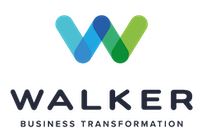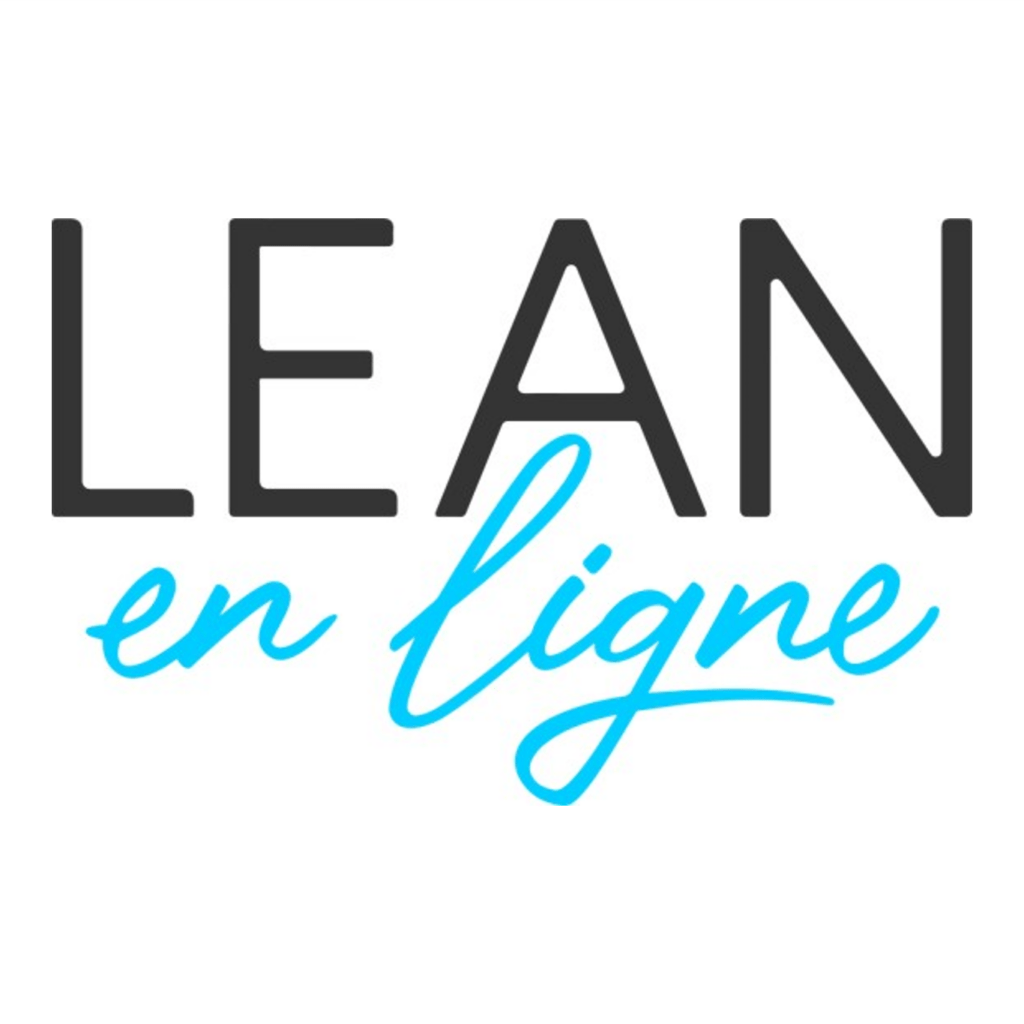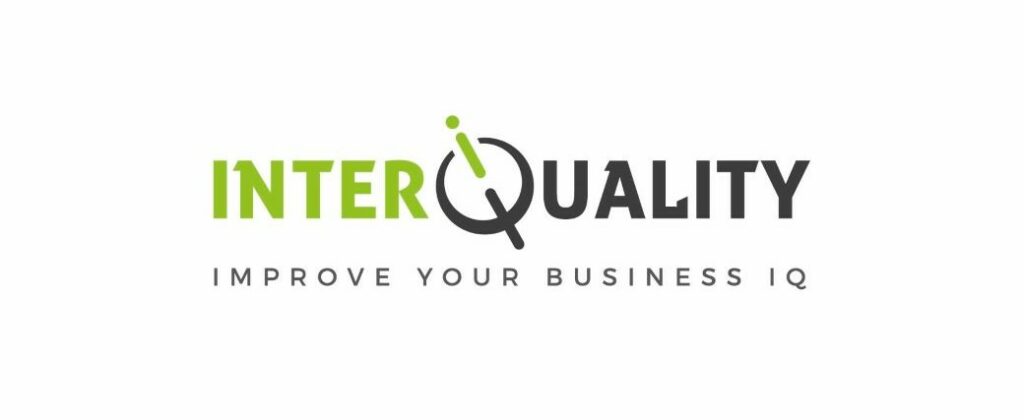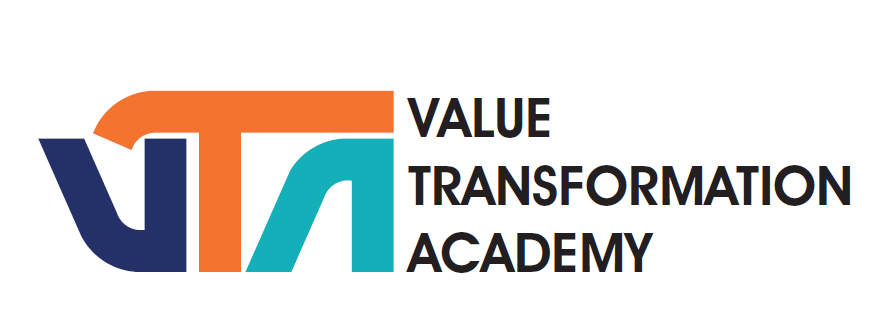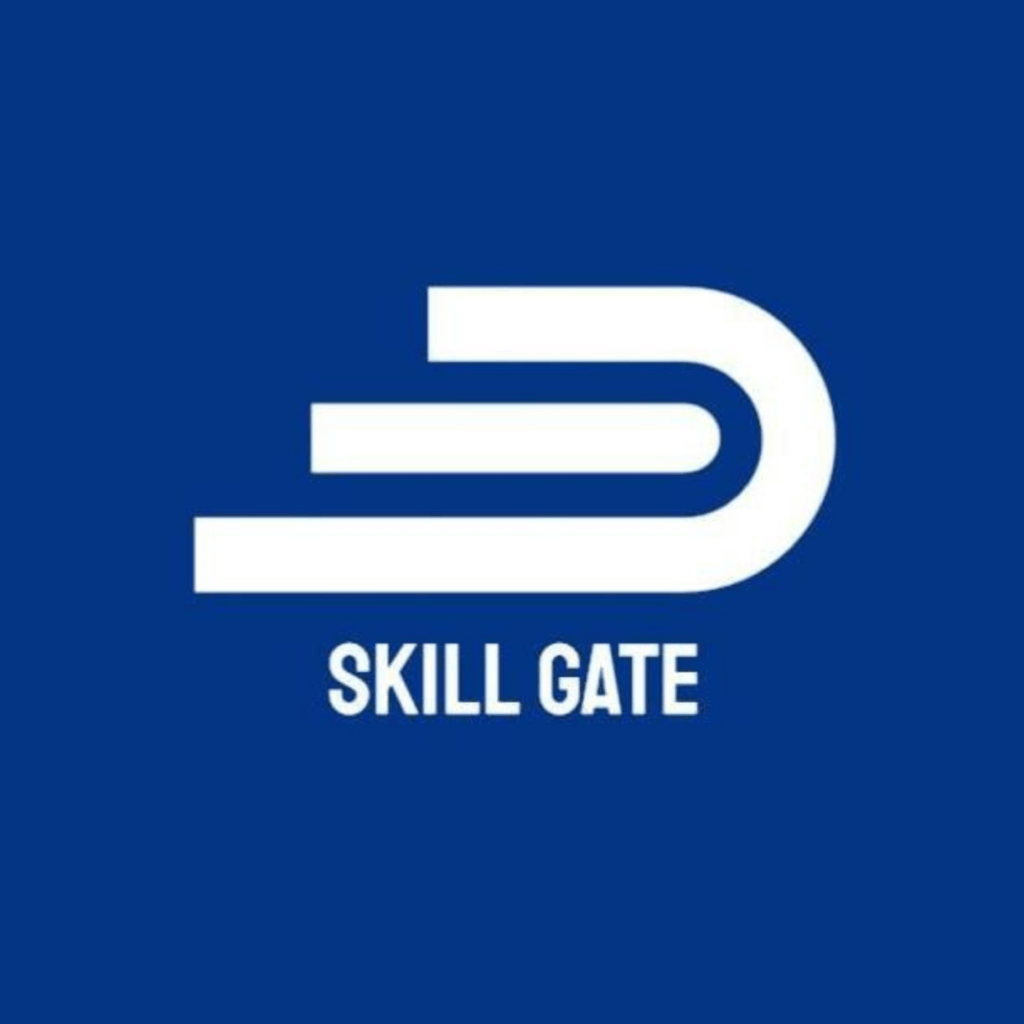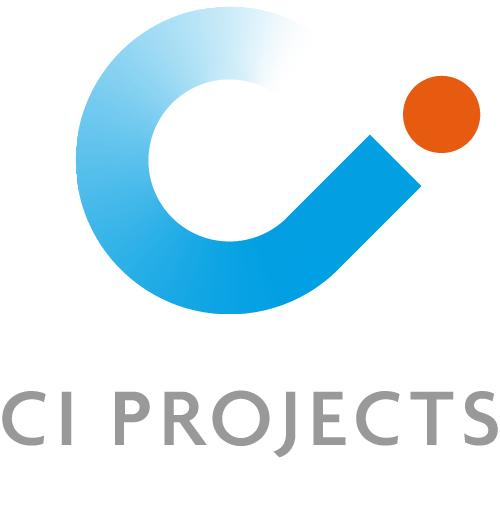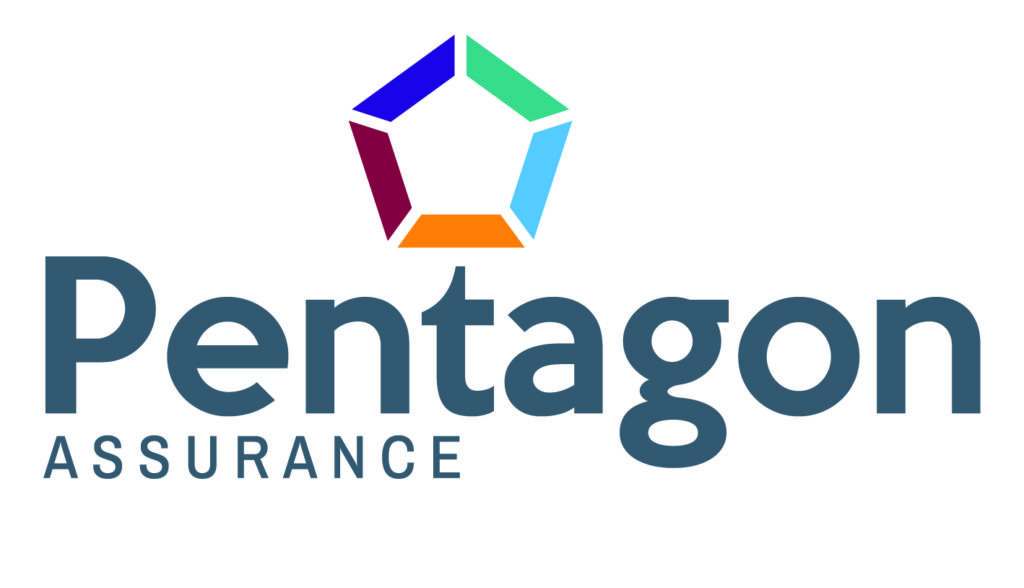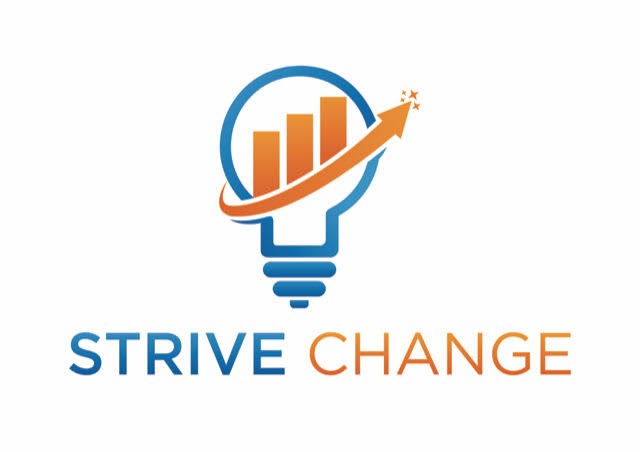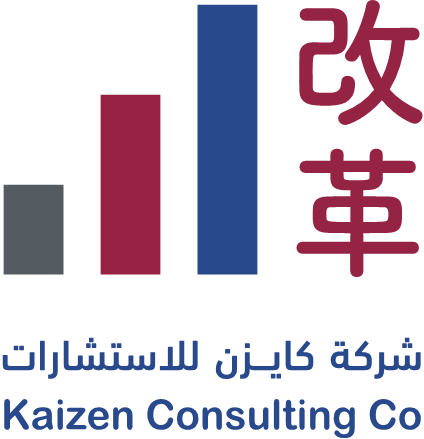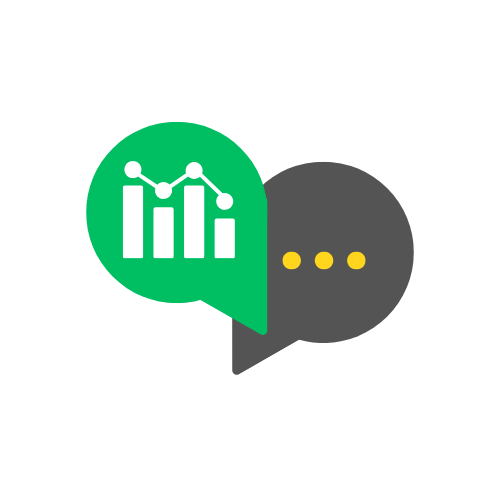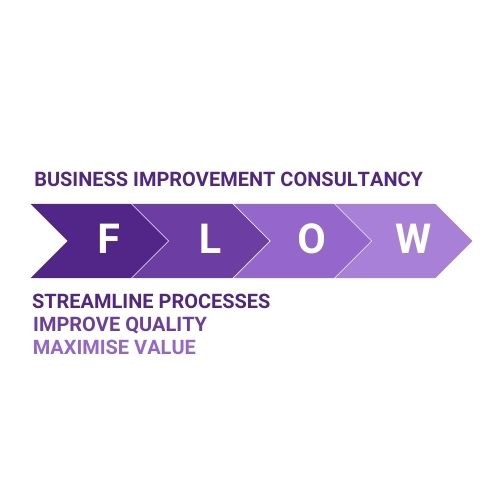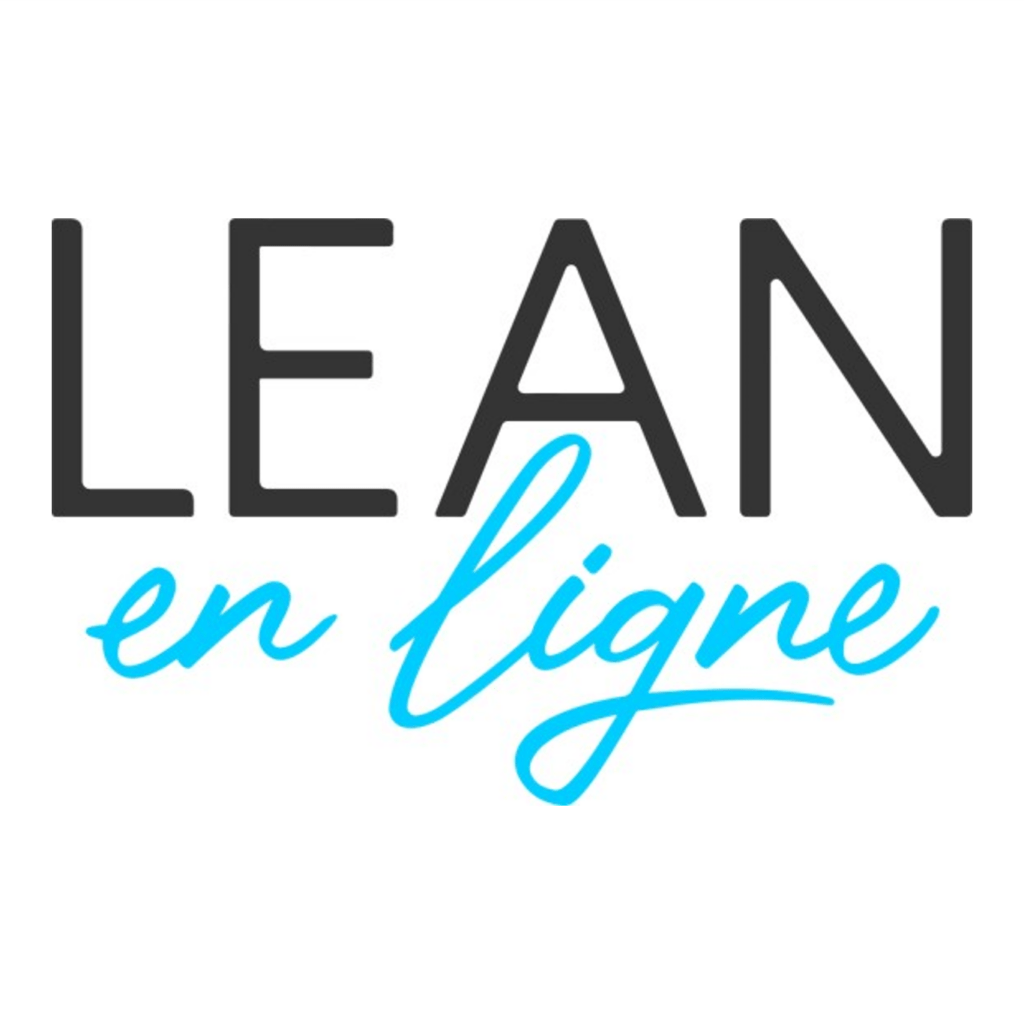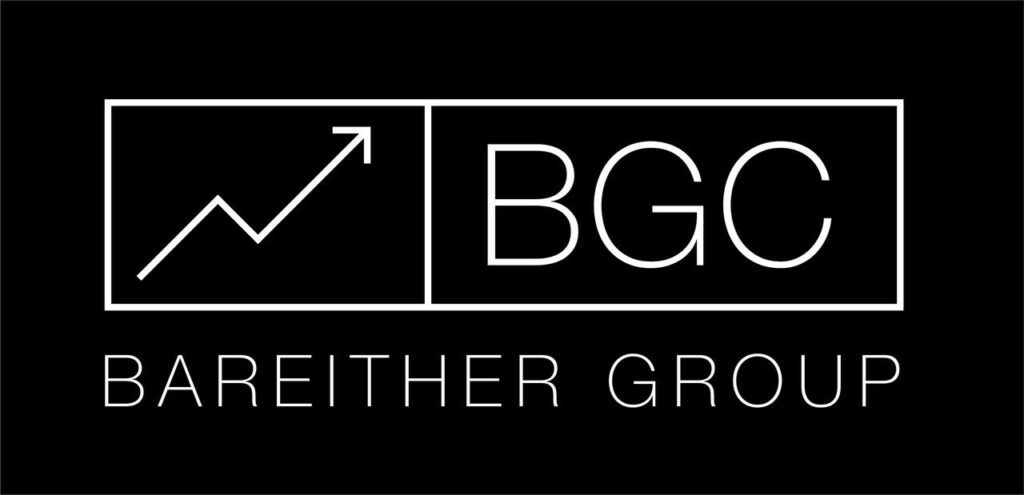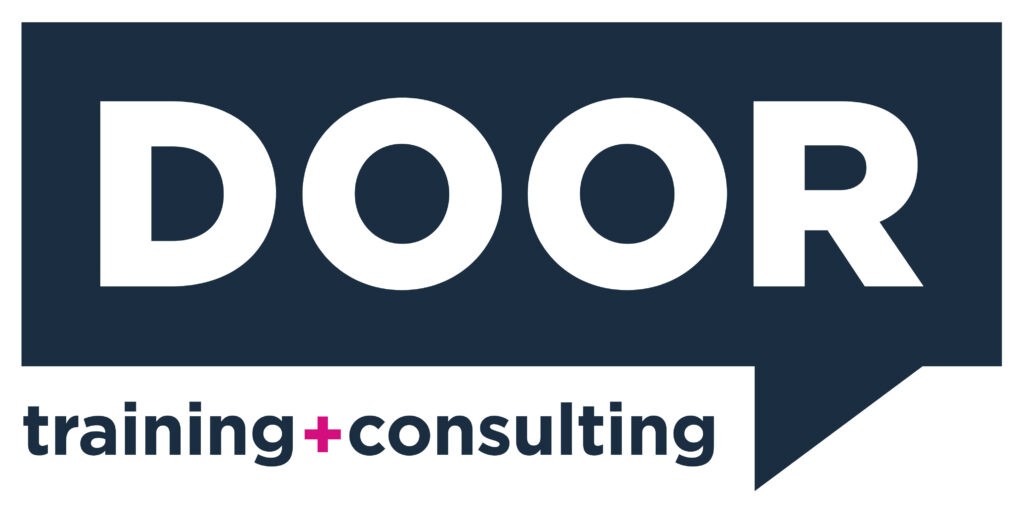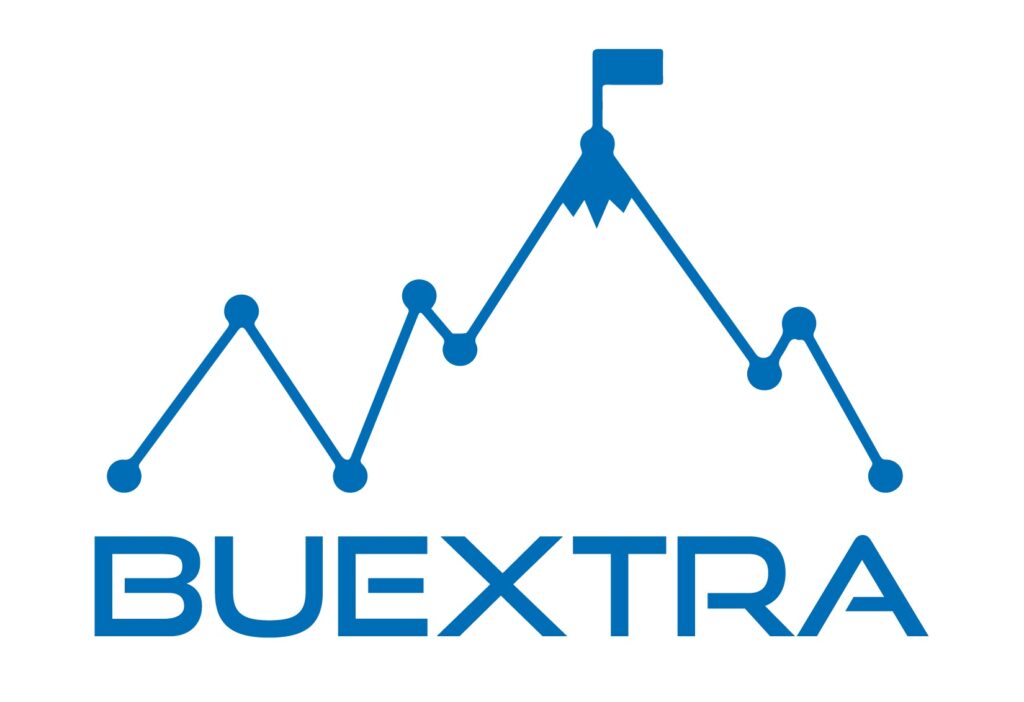Eliminating Waste Through Blockchain-Enabled Trust
How Blockchain Technology Helps Achieve Lean Six Sigma Efficiency
Every business is looking for ways to do more with less. One of the most powerful methods to achieve this is Lean Six Sigma, a proven approach to reduce waste, improve quality, and streamline operations. But what if there was a new technology that could take Lean principles to the next level?
In their insightful book, Lean Blockchain Systems Thinking: Reinventing Value Streams, John Dennis and Machiel Tesser make a strong case that blockchain technology is exactly what modern Lean systems need. According to them, many inefficiencies in today’s business processes stem from a single problem: lack of trust.
Let’s break down how blockchain can help organizations eliminate waste and operate more efficiently by embedding trust directly into their systems.
What Is Waste in Lean Six Sigma?
Before we dive into blockchain, let’s refresh what waste means in Lean Six Sigma.
Waste is any activity that does not add value to the customer. In Lean, there are 8 types of waste, often remembered by the acronym DOWNTIME:
- Defects – Errors and mistakes that require rework or corrections
- Overproduction – Producing more than is needed
- Waiting – Time delays between process steps
- Non-utilized talent – Underuse of people’s skills and knowledge
- Transportation – Unnecessary movement of goods or materials
- Inventory – Excess products or materials not being processed
- Motion – Unneeded movement of people or equipment
- Extra Processing – Doing more work than necessary
A major source of these wastes comes from intermediaries—people or systems that exist just to validate, check, or move data from one part of a process to another. These roles are often created because different teams, departments, or businesses don’t fully trust each other’s data or decisions.
How Intermediaries Create Waste
John Dennis and Machiel Tesser highlight that intermediaries are everywhere—especially in large organizations or supply chains. These might be:
- A finance department reviewing invoices
- A legal team double-checking contract terms
- A third-party logistics company confirming shipment details
- An internal system doing data reconciliation between platforms
These steps may seem necessary, but they actually lead to several forms of waste:
- Delays caused by reviews, sign-offs, and approvals
- Errors from manual entry, duplication, or miscommunication
- Increased costs from audits, oversight, and compliance checks
- Disputes due to mismatched records or unclear responsibilities
- Rework when inconsistencies or fraud are discovered too late
If trust were built into the system from the beginning, many of these hand-offs wouldn’t be needed.
Enter Blockchain: Trust by Design
Blockchain is often associated with cryptocurrencies like Bitcoin or Ethereum, but the underlying technology has far broader applications. At its core, blockchain is a distributed digital ledger that stores data securely, transparently, and in real time across multiple parties.
What makes blockchain special is that once data is added to the ledger, it cannot be changed. Every transaction is verified by a network of participants, and once they reach consensus, the record is locked in.
This makes blockchain a powerful tool for building trust without intermediaries.
Let’s explore how blockchain directly addresses the types of waste mentioned earlier:
- Immutable and Transparent Transactions
In traditional systems, disputes often arise because two parties keep different records. With blockchain, there’s only one shared source of truth. All parties see the same data, and no one can edit it after the fact. This eliminates back-and-forth communication, reconciliations, and trust issues.
- Distributed and Automatic Validation
Instead of relying on a manager, auditor, or software bot to check data, blockchain validates transactions automatically through a network. This removes the need for extra oversight, reducing labor costs and speeding up decision-making.
- Real-Time Synchronization
With blockchain, data is updated instantly across all users, eliminating the delays and confusion caused by batch uploads or outdated systems. This reduces waiting time and ensures better coordination.
- Fraud-Proof Architecture
Each blockchain entry is secured with cryptography and linked to the previous one. This makes tampering or fraud nearly impossible, reducing the need for control mechanisms and audits.
- Smart Contracts for Automation
Blockchain allows the use of smart contracts—programs that run automatically when conditions are met. For example, a smart contract could release a payment when a shipment is confirmed. This removes manual steps, cuts costs, and eliminates errors.
Real-World Example: Supply Chain Simplification
Imagine a global company shipping products from Asia to Europe. The process involves multiple players: manufacturer, shipping company, customs, warehouse, retailer, and finance department. Each step includes paperwork, confirmations, and validations.
Now imagine this process running on blockchain:
- Every shipment gets a digital ID
- Shipping updates are recorded automatically
- Smart contracts trigger payments and customs checks
- Everyone—from supplier to retailer—sees the same data
The result? No delays from paperwork. No disputes over deliveries. No extra time spent reconciling records.
This is Lean thinking powered by blockchain—eliminating waste by making trust part of the infrastructure.
How Blockchain Aligns with Lean Six Sigma Principles
Lean Six Sigma is about removing waste and reducing variation. Blockchain supports this goal in the following ways:
| Lean Six Sigma Principle | How Blockchain Helps |
| Eliminate Non-Value-Added Steps | Removes intermediaries like checkers and reconcilers |
| Improve Process Flow | Speeds up transactions with real-time updates |
| Reduce Errors and Defects | Prevents tampering and miscommunication |
| Standardize Processes | Uses smart contracts to ensure consistent execution |
| Increase Transparency | Shared ledger builds trust and reduces oversight |
| Strengthen Root Cause Analysis | Complete audit trail makes problem-solving easier |
Challenges to Consider
While blockchain offers many benefits, it’s not a silver bullet. Here are a few challenges to be aware of:
- Technical complexity – Setting up blockchain systems can be difficult
- Initial investment – Costs for training, development, and integration
- Cultural resistance – Teams may be reluctant to give up control
- Scalability issues – Some blockchain platforms are slower with high volume
Still, when implemented thoughtfully, blockchain can drive major process improvements and cost savings—especially in high-trust, high-volume environments.
The Future of Lean is Blockchain-Enabled
The message from John Dennis and Machiel Tesser is clear: the future of Lean Six Sigma involves rethinking how trust is created and maintained. If trust can be embedded into systems, entire layers of waste—from approvals to audits—can be removed.
By integrating blockchain into business processes, companies can:
- Eliminate redundant steps
- Reduce costs and delays
- Increase transparency
- Streamline operations
- Deliver faster, better, and cheaper outcomes
In short, blockchain helps businesses build leaner systems by design.
As Alejandro Acuña Rodríguez and Chad Laux PhD noted in their feedback on Dennis and Tesser’s work, blockchain is more than just a tech trend—it’s a foundational shift in how we structure value streams, partnerships, and operations.
Action Step: Is Your Organization Ready?
If you’re a Lean Six Sigma leader or business process professional, now is the time to explore blockchain. Start by asking:
- Where in our processes do we rely on intermediaries?
- How much time and money do we spend on verification and trust?
- Could smart contracts or a shared ledger replace manual steps?
By embracing blockchain, you’re not just following a trend—you’re leading the next wave of Lean transformation.

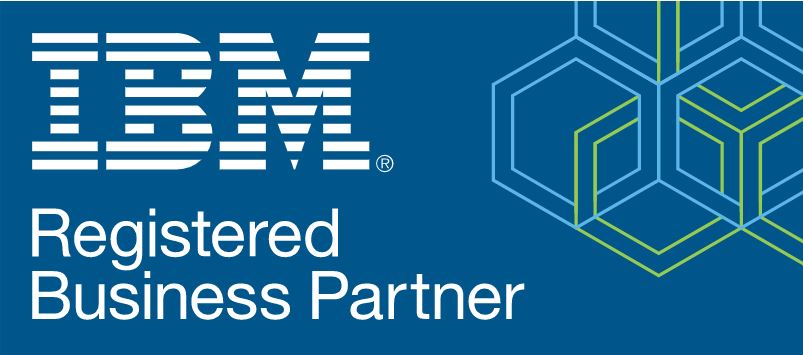
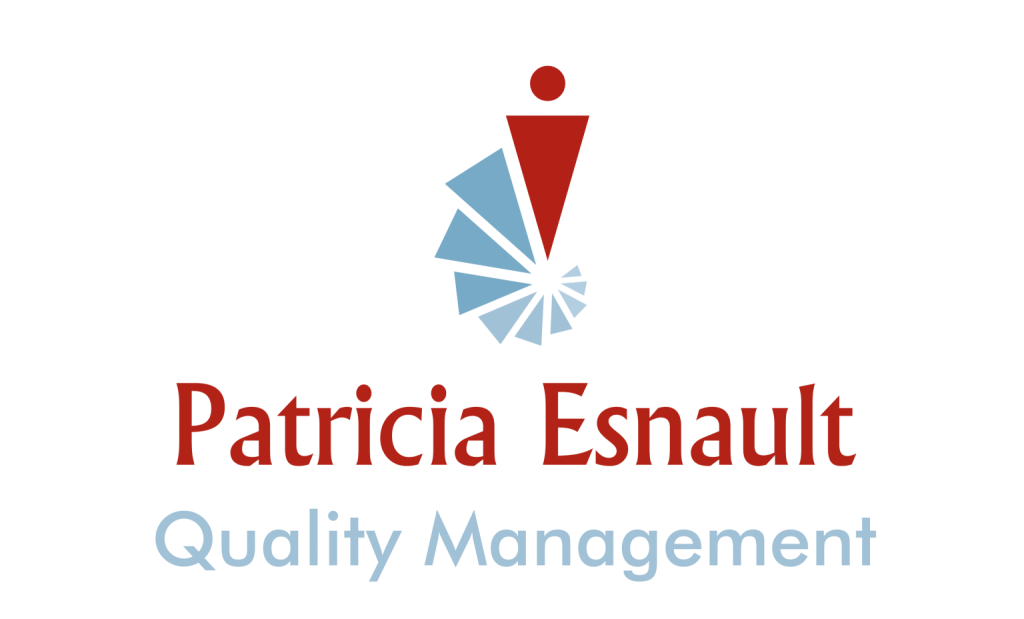

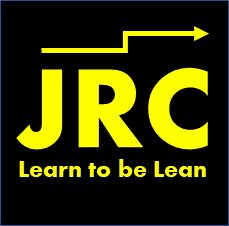
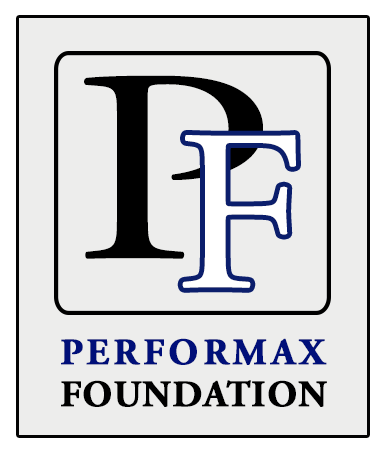








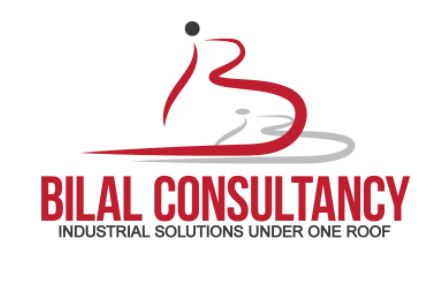
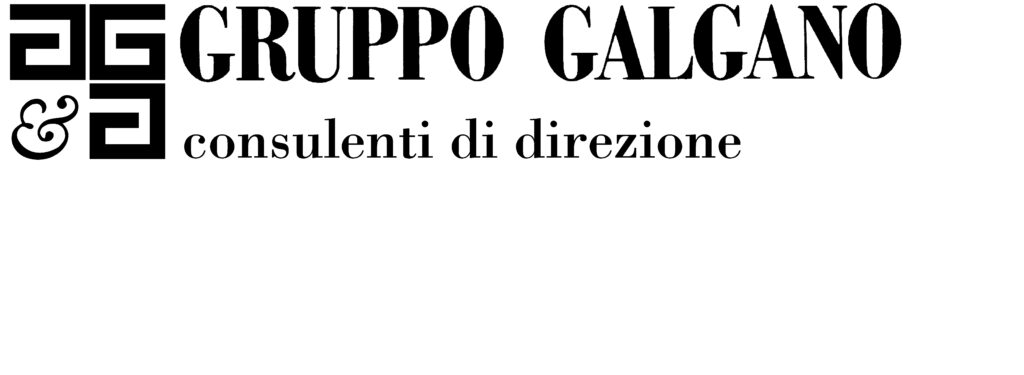




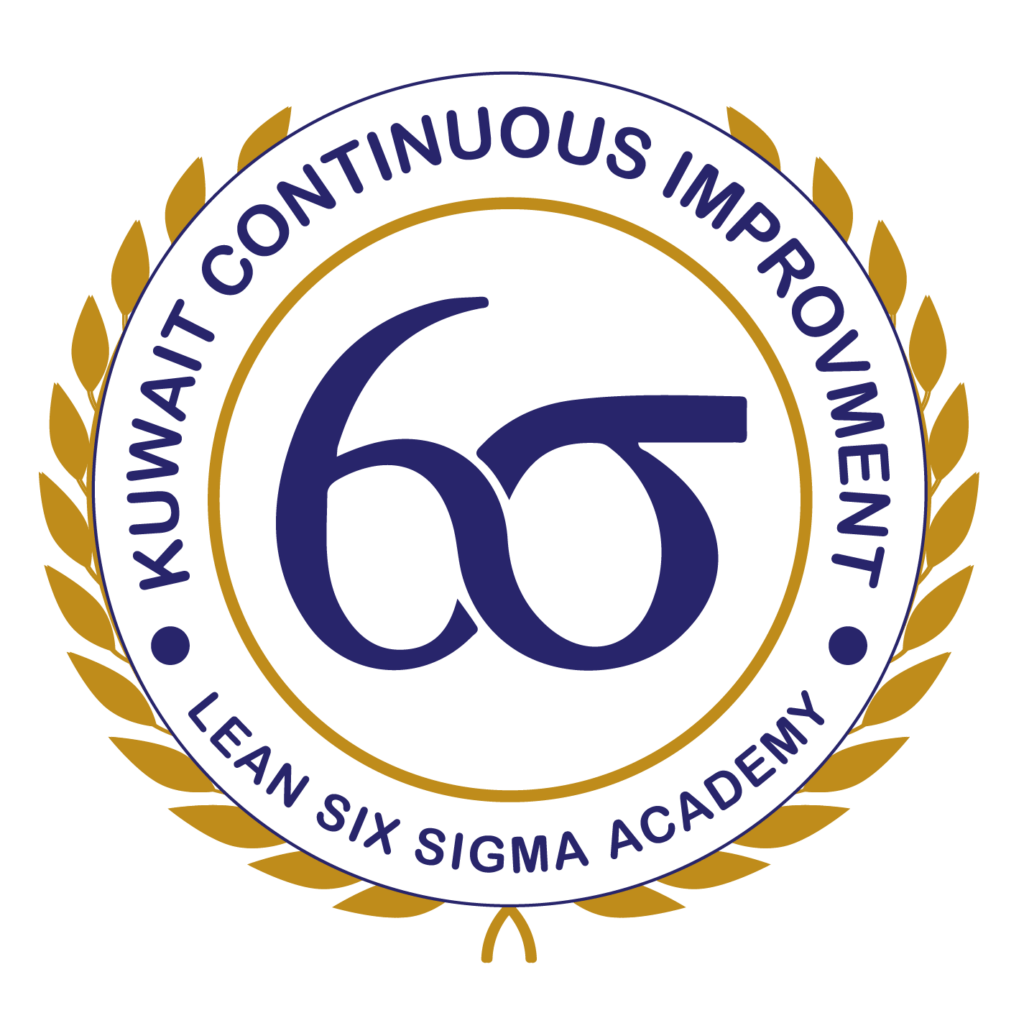

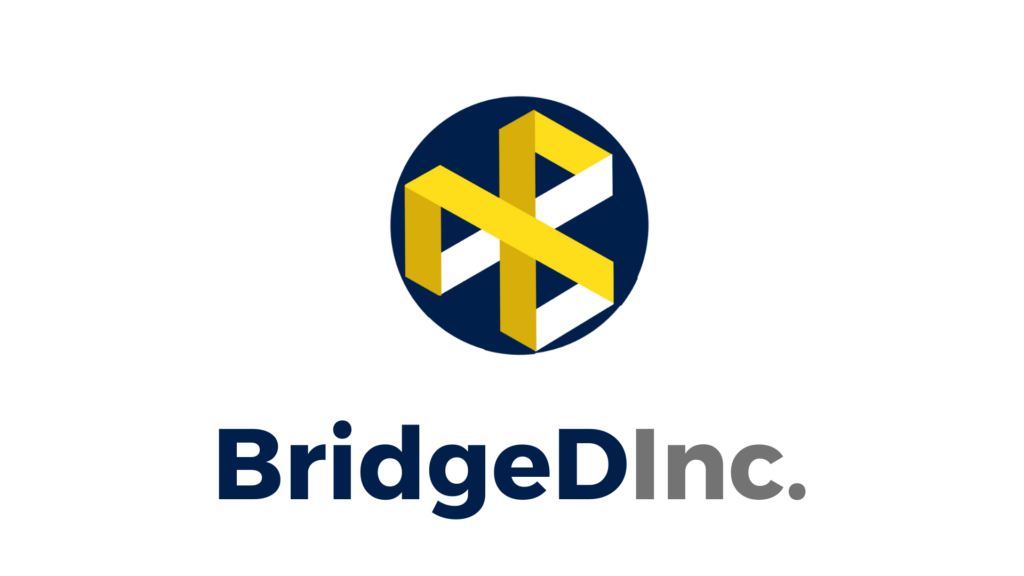


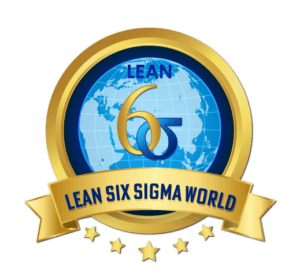
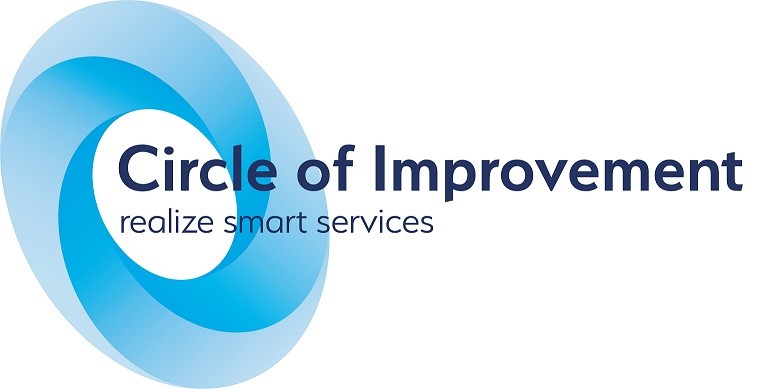



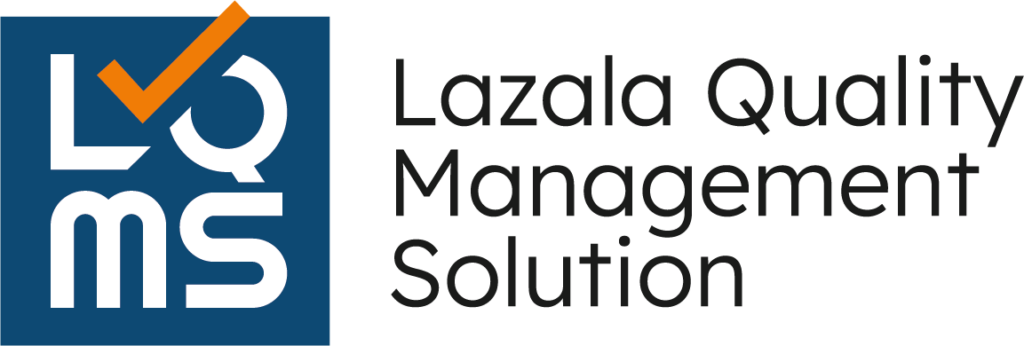




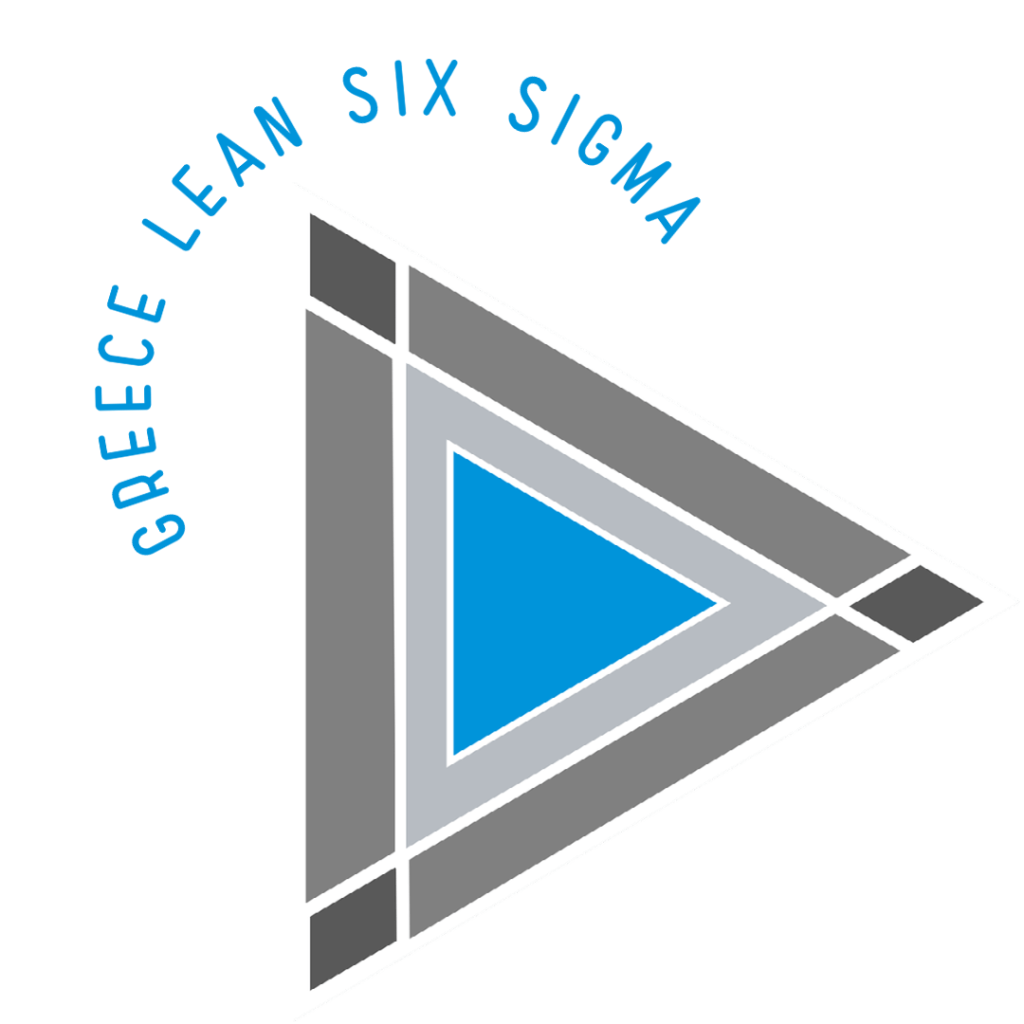
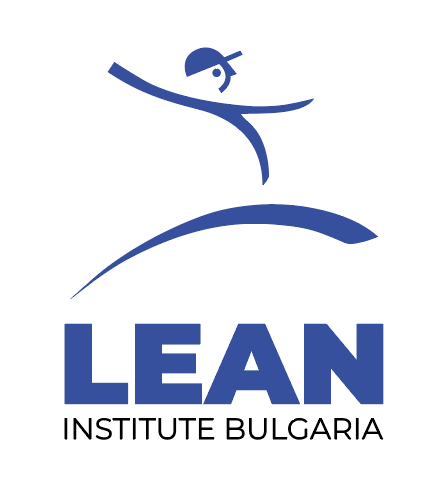


![UCOURSE.ORG [UCOURSE Academy] was established in Hong Kong in 2019 (company name: UCOURSE LTD), dedicated to providing high-quality online courses and courses for Chinese people in China, Hong Kong, and even all over the world. UCOURSE.ORG 【优思学院】于2019年成立于香港(公司名称:优思学院有限公司 / UCOURSE LTD),致力于为中国、香港、以至身处于全球各地的中国人提供优质的线上课程和考试认证,促进全国的人材培育、个人的职业发展,让学员在事业上事半功倍,同时助力国家的未来的急促发展。](https://ilssi.org/wp-content/uploads/2021/02/ucourse-logo-250.png)



